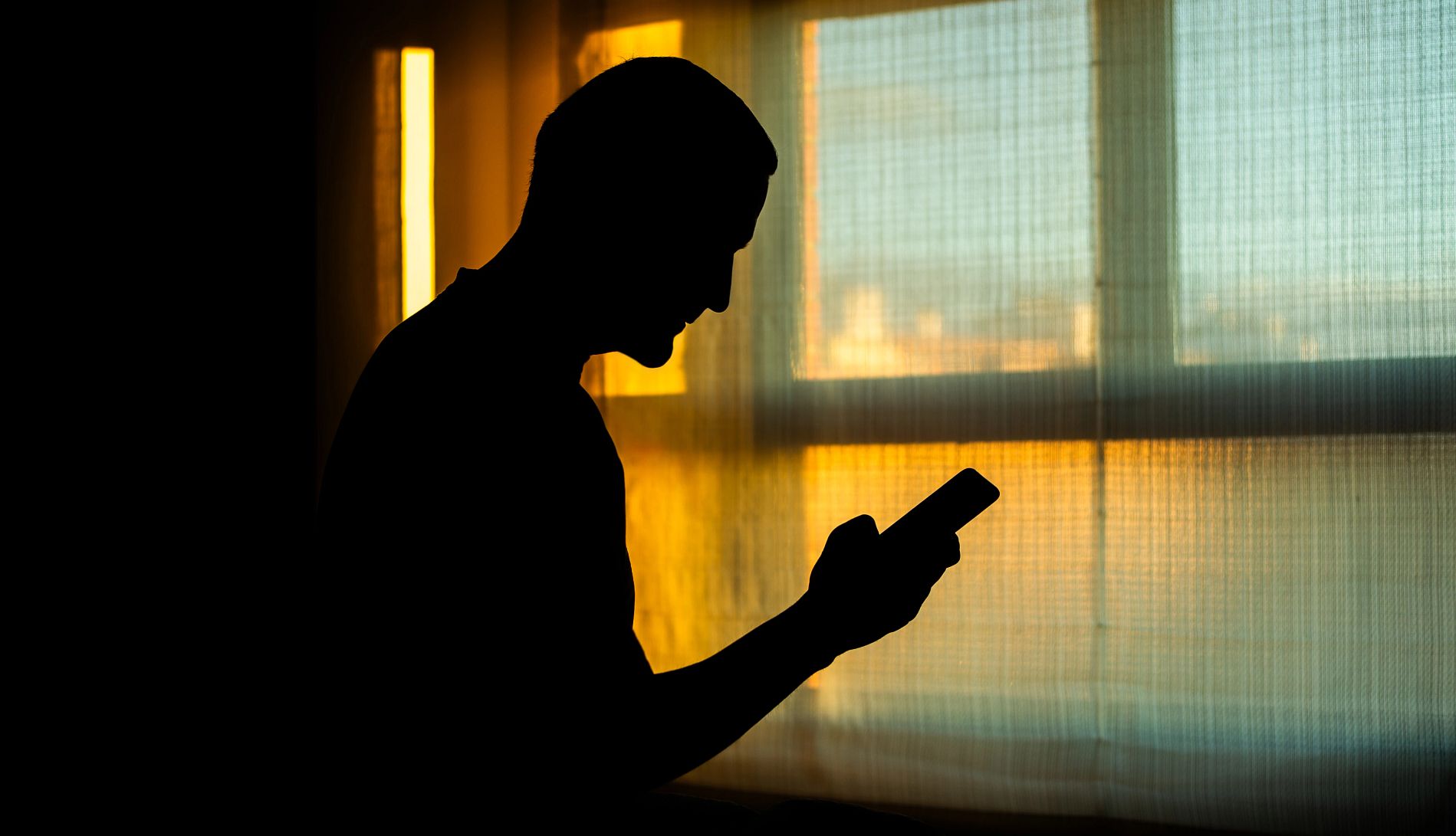AARP Hearing Center


The Social Security Administration (SSA) has rolled back its plan to limit telephone access for four routine services, including reporting a change of address to the agency or getting a tax document.
In a new filing, the agency said it would make its initial proposal – which sought to require the use of an online identity verification system – optional.
The original plan would have required beneficiaries who call the agency’s help line for certain services to go to their online My Social Security account, generate a one-time security authorization PIN and relay it to a telephone agent to proceed. Those who do not have an account or are otherwise unable to do business online would have had to go to a local office to obtain the services.
In a new blog post, SSA says that using the verification system, while optional, “will allow Social Security technicians to assist you more efficiently and reduce the time you spend on the phone.” But the agency emphasized that those who do not have a My Social Security account or choose not to use the SAP feature can continue to be served by phone without it, and will not have to visit a local field office to access services.
Join Our Fight to Protect Social Security
You’ve worked hard and paid into Social Security with every paycheck. Here’s what you can do to help keep Social Security strong:
- Add your name and pledge to protect Social Security.
- Find out how AARP is fighting to keep Social Security strong.
- Get expert advice on Social Security benefits and answers to common questions.
- AARP is your fierce defender on the issues that matter to people 50-plus. Become a member or renew your membership today.
The change comes after AARP called on SSA Commissioner Frank Bisignano to reverse course on the original proposal, which was outlined in a July 18 regulatory filing. In a July 29 letter to Bisignano, AARP expressed concerns that it would have exacerbated the agency’s customer service crisis and disproportionately affected older adults who live in rural areas, have mobility issues or lack access to a computer or the internet.
“We’re thankful that SSA has committed to making the new process optional for most phone services,” said Bill Sweeney, AARP’s senior vice president for government affairs. “After a lifetime of hard work, Americans have earned their Social Security—and they deserve excellent customer service, whether they call, go online, or walk into an office. We are pleased SSA is taking steps to improve phone wait times, and we look forward to working with them to ensure every American can get the help they need, when and where they need it.”
The original proposal would have steered more than 3.4 million customers a year to local Social Security offices for services now fully available by phone, the SSA estimated in its July 18 regulatory filing. The change would have applied to callers who wish to:
- Obtain a benefit verification letter.
- Obtain an SSA-1099 or 1042S tax form.
- Submit a change of address.
- Get an update on the status of a pending benefit claim.
The proposal and its revision come three months after the SSA abandoned a plan to require people filing new claims for benefits to verify their identity online or in person at a field office. That proposal triggered fierce opposition from AARP and other advocates and was dropped a few weeks after it was announced. Beneficiaries calling in to change their direct deposit information for receiving Social Security payments are the only group required to verify their identity this way.


































































More From AARP
Social Security Empowers This Retiree
Financial stability and independent living found at 87
Support for Social Security Growing, Poll Finds
3 in 4 adults surveyed by AARP rate it as one of the most important government programs
How Social Security and Medicare Changed Aging
Historic programs transformed the financial and health care landscape for older Americans